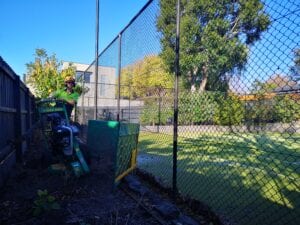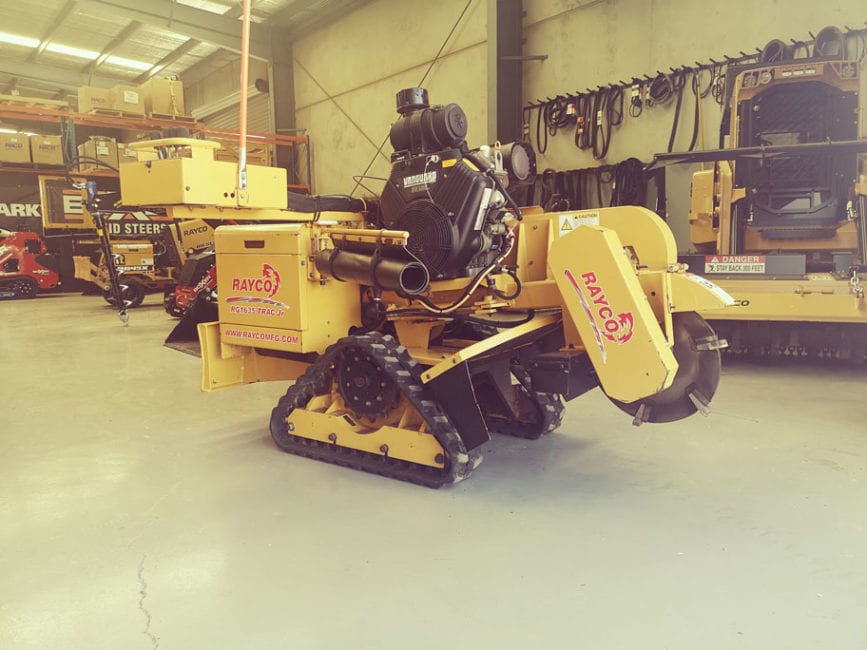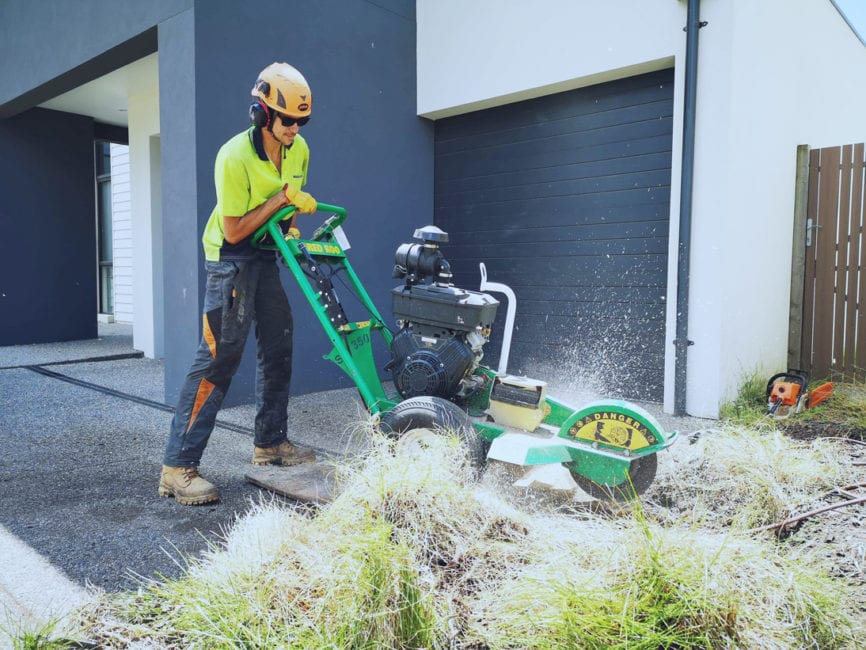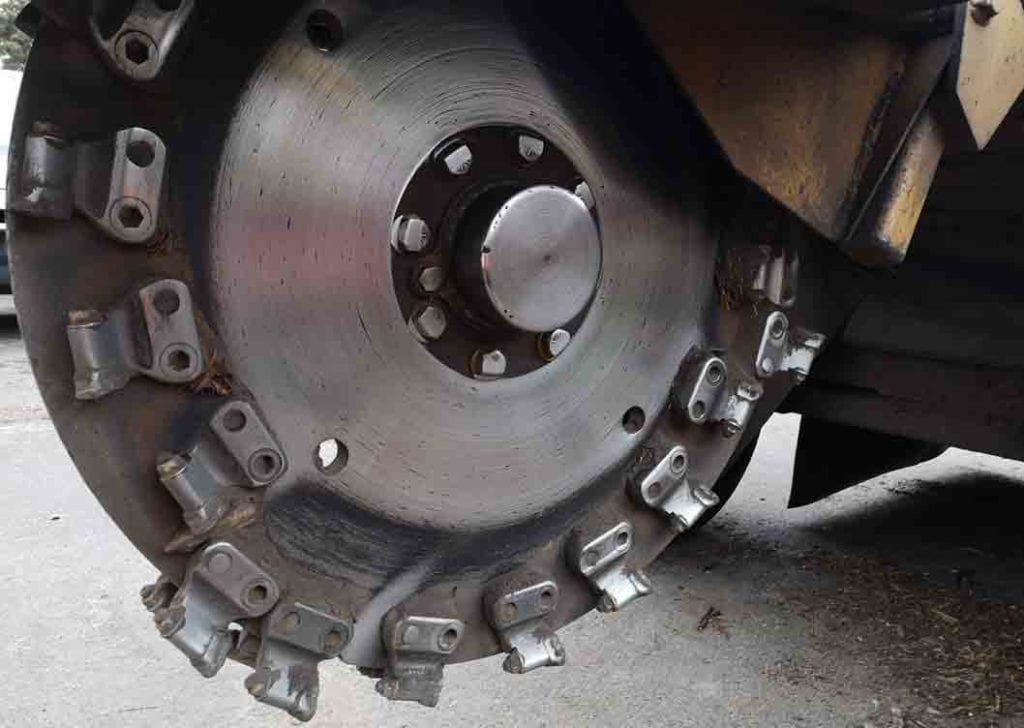
It’s fair to say that stump grinders are definitely classed as specialist machinery. Unless you are an Arborist or work in the tree industry, it is likely that you have never seen nor know how a stump grinder works. We’ll do our best to explain the basic principles of a stump grinder and how they remove tree stumps so efficiently. Don’t panic, this isn’t a lecture on mechanical engineering. We aren’t smart enough to write about that!
There are many different types of stump grinders available on the market today. They range from small handheld machines all the way through to large vehicle style machines with all the mod cons such as air conditioning.
No matter what size a stump grinder is, they all have three main parts. A power unit (engine), a cutting wheel drive system (most commonly drive belts) and a cutting wheel. The power from the engine is transferred to the cutting wheel via the drive belts and chips the stump into small wood chips. Of course, there are many other features at work but this is just a basic overview of how a stump grinder operates.

All stump grinders rely heavily on some kind of engine. Smaller machines are usually run on petrol engines such as Honda or Briggs & Stratton, similar to a lawnmower. These engines are small, easier to maintain but may not last as long as a diesel machine. Large stump grinders are almost always powered by diesel motors such as a Kubota or a Yanmar. Diesel engines cope a lot better with the daily “grind” on the machine and have a longer life but they are also more expensive to buy and maintain. Most of the bigger cities around the world such as London, England, are pushing for machinery to be run solely on petrol engines as it is cleaner for the environment.

We won’t bore you for too long on stump grinder drive systems. The most common drive system in stump grinders is a drive belt system. This system uses drive belts similar to the belts you will find in your car. These belts serve a couple of functions. The first function is, yes you guessed it, to drive the cutting wheel. The second function of the belt system is to relieve the engine of stress. Drive belts are made from strong rubber. These belts can stretch and contract to provide a dampener for the engine when the machine is working hard. These belts are relatively cheap in comparison to the engine and they will wear down or snap before any damage is done to the power unit.
Another drive system that is sometimes used is hydraulic motors. The power unit will drive a hydraulic pump, the pump drives a hydraulic motor and the motor drives the cutting wheel. Hydraulic motors are mainly used on larger stump grinding machinery.
Cutting wheels on stump grinders can be as small as a dinner plate or as large as a truck tyre. They are a large, round steel disc that has tungsten teeth spaced accordingly. The cutting wheel, driven by the drive belts, spins fast and can sweep side to side. The operator can lower the cutting wheel down onto the tree stump and mulch the stump, working down a layer at a time.
Stump grinder teeth are strong and durable, this allows for any rocks or foreign objects that may be hit below the surface. The teeth have an edge that allows them to chip the wood like a hammer, they need replacing often to reduce wear on the belts and the engine.

Well, now you are all clued up on the basic principles of a stump grinder and how they operate! Stump grinders are dangerous machines in untrained hands. If you are looking for a local stump grinding company to work on your project then please call or email us, we are always happy to help.